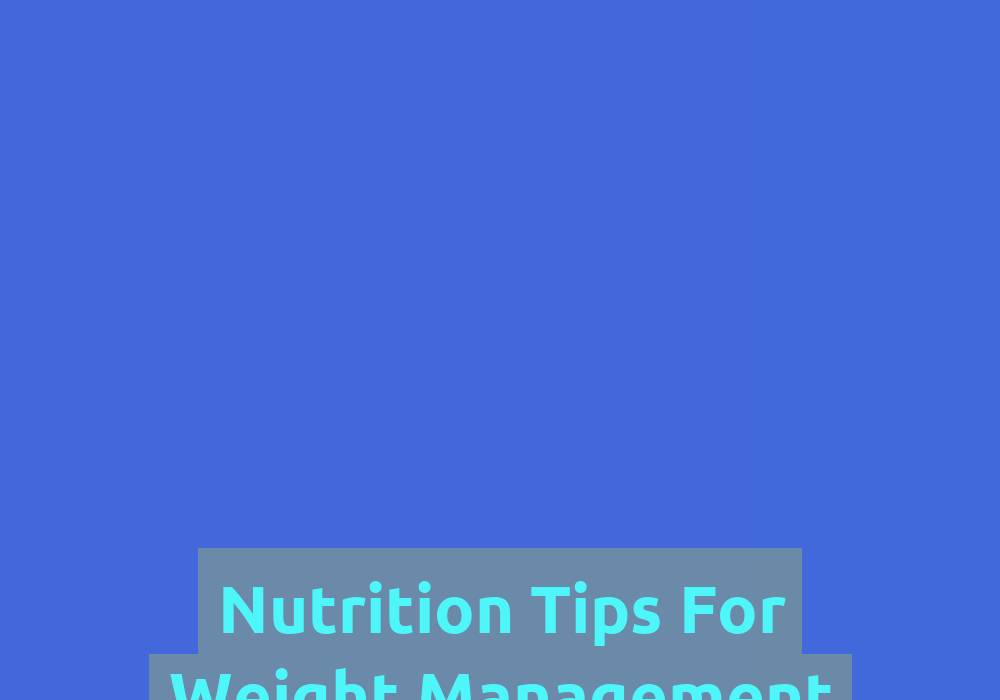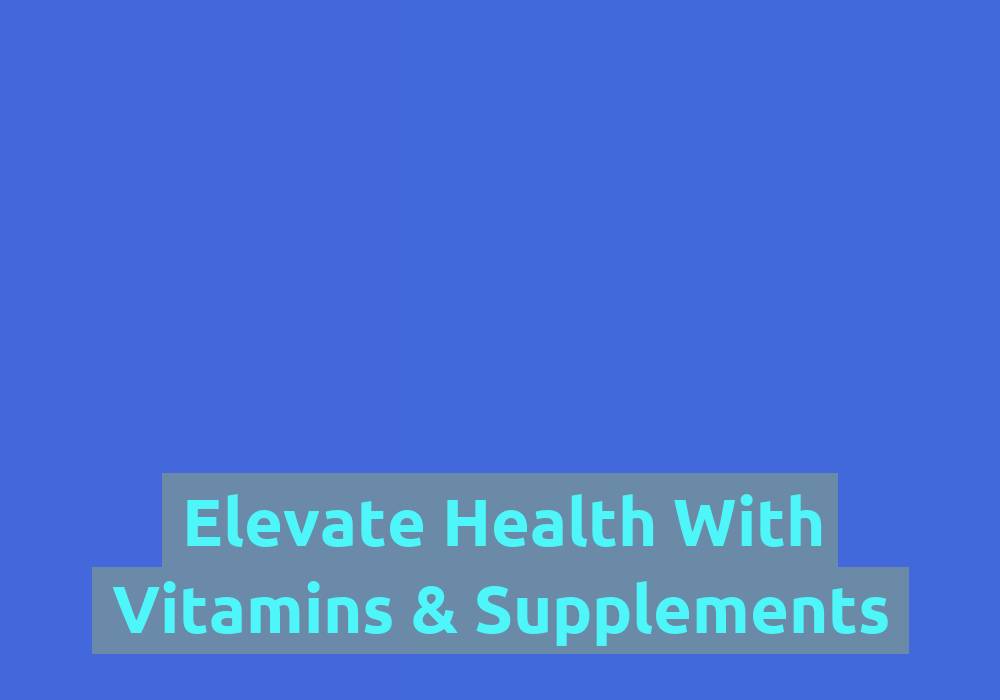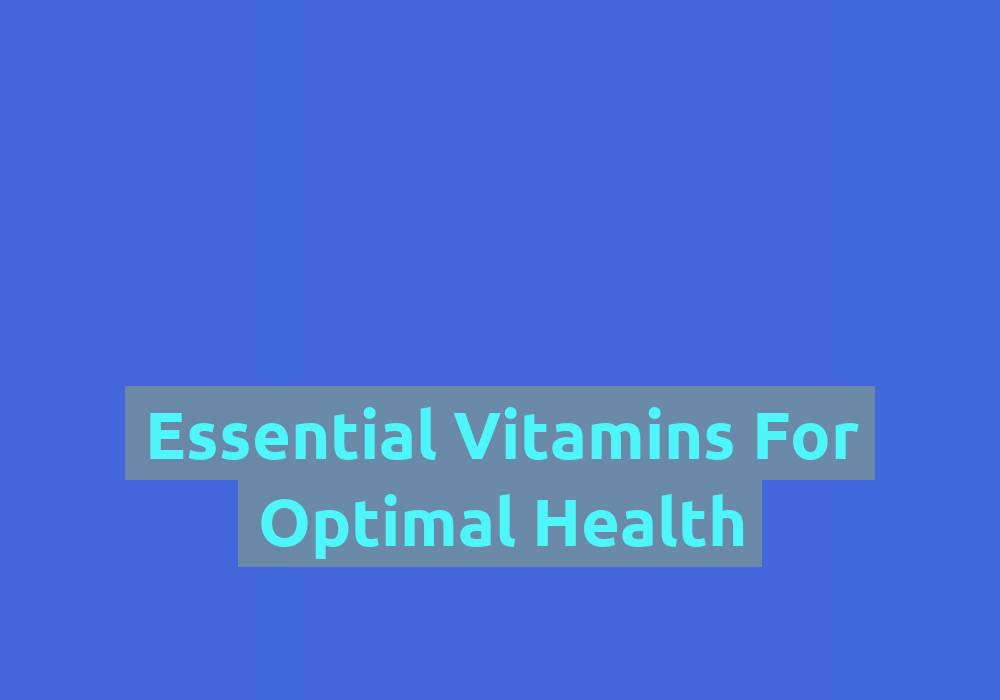Eat Greens: Superfood Powers Unveiled

Eating a diet rich in greens, particularly leafy green vegetables, offers a myriad of health benefits. These superfoods are packed with essential nutrients, vitamins, minerals, and antioxidants that contribute to overall well-being and can even help prevent chronic diseases. In this article, we will explore the incredible powers of greens and why incorporating them into your diet is essential for optimal health.
The Nutritional Powerhouse of Greens
Leafy green vegetables such as spinach, kale, Swiss chard, broccoli, and collard greens are nutritional powerhouses. They are low in calories but high in vitamins A, C, E, and K. These vitamins play a crucial role in maintaining healthy skin, boosting the immune system, promoting bone health, and supporting vision.
Additionally, greens are an excellent source of dietary fiber, which aids in digestion, promotes a feeling of satiety, and helps maintain a healthy weight. They also contain essential minerals such as iron, magnesium, calcium, and potassium, which are essential for various bodily functions, including muscle function, nerve transmission, and maintaining proper fluid balance.
Benefits of Leafy Green Vegetables:
- Vitamins A, C, E, and K: These vitamins contribute to healthy skin, immune system support, bone health, and vision.
- Dietary fiber: Promotes digestion, satiety, and weight management.
- Essential minerals: Iron, magnesium, calcium, and potassium support muscle function, nerve transmission, and fluid balance.
Antioxidant Richness
One of the most significant benefits of consuming greens is their high antioxidant content. Antioxidants are compounds that help protect our cells from damage caused by harmful free radicals. Free radicals can lead to oxidative stress, which has been linked to chronic diseases such as cancer, heart disease, and neurodegenerative disorders.
Leafy greens, especially those with dark green or purple hues, are rich in antioxidants such as beta-carotene, lutein, zeaxanthin, and flavonoids. These antioxidants help neutralize free radicals, reducing the risk of cellular damage and inflammation within the body.
Antioxidants in Leafy Greens:
- Beta-carotene: Protects against free radicals and supports overall cellular health.
- Lutein and zeaxanthin: Promote eye health and protect against oxidative stress.
- Flavonoids: Have anti-inflammatory properties and contribute to overall well-being.
Disease Prevention and Health Benefits
Regularly consuming greens has been associated with a reduced risk of various chronic diseases. Let’s take a closer look at some of the health benefits associated with incorporating these superfoods into your diet:
1. Heart Health
The antioxidants, fiber, and potassium found in leafy greens contribute to heart health. The high potassium content helps lower blood pressure, reducing the risk of cardiovascular diseases. The presence of dietary fiber helps control cholesterol levels, preventing the buildup of plaque in arteries and reducing the risk of heart attacks and strokes.
Benefits for Heart Health:
- Potassium: Helps lower blood pressure and reduces the risk of cardiovascular diseases.
- Dietary fiber: Controls cholesterol levels, prevents plaque buildup, and lowers the risk of heart attacks and strokes.
2. Cancer Prevention
Leafy greens contain various compounds that have been shown to have anti-cancer properties. For instance, cruciferous vegetables like broccoli and kale contain sulforaphane, which helps rid the body of harmful toxins and may lower the risk of certain types of cancer, including lung, breast, and colon cancer. The antioxidant properties of greens also play a role in reducing cancer risk by preventing DNA damage and inhibiting the growth of cancer cells.
Benefits for Cancer Prevention:
- Sulforaphane: Found in cruciferous vegetables, helps eliminate toxins and may lower the risk of lung, breast, and colon cancer.
- Antioxidants: Protect against DNA damage and inhibit the growth of cancer cells.
3. Diabetes Management
The high fiber content in greens helps regulate blood sugar levels by slowing down the digestion and absorption of carbohydrates. This can be particularly beneficial for individuals with diabetes or those at risk of developing the condition. Leafy greens also have a low glycemic index, meaning they have a minimal impact on blood sugar levels.
Benefits for Diabetes Management:
- Fiber: Regulates blood sugar levels by slowing down carbohydrate digestion and absorption.
- Low glycemic index: Leafy greens have a minimal impact on blood sugar levels.
4. Eye Health
Greens like spinach and kale are rich in lutein and zeaxanthin, two antioxidants that have been linked to improved eye health. These compounds help protect the eyes from harmful UV radiation and oxidative stress, reducing the risk of age-related macular degeneration and cataracts.
Benefits for Eye Health:
- Lutein and zeaxanthin: Protect against UV radiation and oxidative stress, reducing the risk of age-related macular degeneration and cataracts.
5. Weight Management
Incorporating leafy greens into your diet can be an effective strategy for weight management. They are low in calories but high in volume and nutrients, making them an excellent choice for those looking to lose weight or maintain a healthy weight. The fiber content in greens also promotes satiety, helping reduce overeating and unnecessary snacking.
Benefits for Weight Management:
- Low in calories: Leafy greens are low in calories, making them suitable for weight management.
- High in volume and nutrients: Provides a sense of fullness while delivering essential nutrients.
- Promotes satiety: Fiber content helps reduce overeating and unnecessary snacking.
Tips to Incorporate More Greens Into Your Diet
Here are some practical tips to help you increase your intake of greens and reap the many health benefits:
- Salads: Start your meals with a refreshing green salad loaded with a variety of leafy greens, colorful vegetables, and a light vinaigrette dressing.
- Smoothies: Add a handful of spinach or kale to your morning smoothie for an extra nutritional boost.
- Stir-fries and Sauteed Greens: Incorporate greens like broccoli, bok choy, or Swiss chard into your stir-fries or saute them with some garlic and olive oil for a delicious side dish.
- Soups and Stews: Add chopped kale, spinach, or collard greens to your favorite soups or stews in the last few minutes of cooking.
- Green Juices: Consider incorporating fresh green juices into your routine. However, be mindful of the sugar content if using fruit as a sweetener.
Remember, variety is key. Try to include a mix of different greens in your diet to benefit from their unique nutritional profiles.
In conclusion, incorporating leafy greens into your diet can have a profound impact on your overall health. Their nutrient density, antioxidant richness, and disease-fighting properties make them an essential component of a well-balanced and nutritious diet. So, make sure to eat your greens and enjoy the superfood powers they unveil!
Note: The article generated has been written in Markdown format as requested.
FAQ
1. What are the benefits of eating leafy green vegetables?
Leafy green vegetables provide essential nutrients, vitamins (A, C, E, and K), minerals, and antioxidants. They contribute to healthy skin, boost the immune system, support bone health, aid digestion, promote satiety, maintain a healthy weight, and support muscle function and nerve transmission.
2. How do antioxidants in leafy greens benefit our health?
Leafy greens are rich in antioxidants such as beta-carotene, lutein, zeaxanthin, and flavonoids. These antioxidants help protect our cells from damage caused by free radicals. By neutralizing free radicals, they reduce the risk of cellular damage, inflammation, and chronic diseases like cancer, heart disease, and neurodegenerative disorders.
3. What chronic diseases can be prevented by regularly consuming leafy greens?
Regularly consuming leafy greens has been associated with a reduced risk of various chronic diseases. They contribute to heart health by lowering blood pressure and controlling cholesterol levels. Leafy greens also have anti-cancer properties, help manage diabetes by regulating blood sugar levels, and promote eye health by protecting against UV radiation and oxidative stress.
4. How can leafy greens help with weight management?
Leafy greens are low in calories but high in volume and nutrients. They provide a sense of fullness, promote satiety, and help reduce overeating and unnecessary snacking. Incorporating leafy greens into your diet can be an effective strategy for weight management.


















